Rising Construction Activities
The waterproofing membrane market experiences a notable boost due to the increasing construction activities across various sectors in the US. With the construction industry projected to reach $1.8 trillion by 2025, the demand for effective waterproofing solutions becomes paramount. This growth is driven by both residential and commercial projects, where the need for durable and reliable waterproofing membranes is essential to prevent water damage. As new buildings and infrastructure projects emerge, the waterproofing membrane market is likely to expand, catering to the heightened demand for quality materials that ensure longevity and safety. Furthermore, the trend towards urbanization and the development of smart cities further propels the need for advanced waterproofing solutions, making it a critical driver in the market.
Increased Awareness of Water Damage
There is a growing awareness among property owners and builders regarding the detrimental effects of water damage, which significantly influences the waterproofing membrane market. Studies indicate that water damage can lead to repair costs exceeding $20 billion annually in the US. This awareness drives the demand for effective waterproofing solutions, as stakeholders seek to mitigate risks associated with moisture intrusion. Consequently, the market sees a surge in the adoption of high-quality waterproofing membranes that offer enhanced protection against leaks and water-related issues. As consumers become more educated about the long-term benefits of investing in waterproofing solutions, the waterproofing membrane market is poised for growth, reflecting a shift towards preventative measures in construction and renovation projects.
Regulatory Framework and Building Codes
The waterproofing membrane market is significantly influenced by the evolving regulatory framework and building codes in the US. Stricter regulations regarding water management and building safety standards compel builders and contractors to adopt reliable waterproofing solutions. Compliance with these regulations not only ensures the safety and longevity of structures but also protects property owners from potential liabilities associated with water damage. As municipalities and states implement more rigorous building codes, the demand for compliant waterproofing membranes is expected to increase. This regulatory environment creates a favorable landscape for manufacturers and suppliers in the waterproofing membrane market, as they strive to meet the requirements set forth by authorities.
Technological Advancements in Materials
The waterproofing membrane market benefits from continuous technological advancements in material science, leading to the development of innovative products. Recent innovations include the introduction of self-healing membranes and advanced polymer technologies that enhance durability and performance. These advancements not only improve the effectiveness of waterproofing solutions but also contribute to sustainability efforts by reducing waste and increasing the lifespan of materials. As the construction industry increasingly prioritizes efficiency and performance, the demand for technologically advanced waterproofing membranes is likely to rise. This trend indicates a shift towards high-performance solutions that meet the evolving needs of builders and property owners, thereby driving growth in the waterproofing membrane market.
Growth in Renovation and Retrofitting Projects
The waterproofing membrane market is experiencing growth driven by an increase in renovation and retrofitting projects across the US. As older buildings require upgrades to meet modern standards, the need for effective waterproofing solutions becomes critical. Renovation projects often involve addressing existing water damage and preventing future issues, which necessitates the use of high-quality waterproofing membranes. The market is likely to benefit from this trend, as property owners invest in improving the resilience and longevity of their structures. Additionally, the focus on energy efficiency and sustainability in retrofitting efforts further enhances the demand for advanced waterproofing solutions, positioning the waterproofing membrane market for continued expansion.


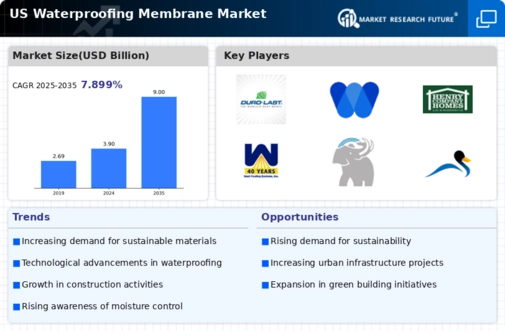

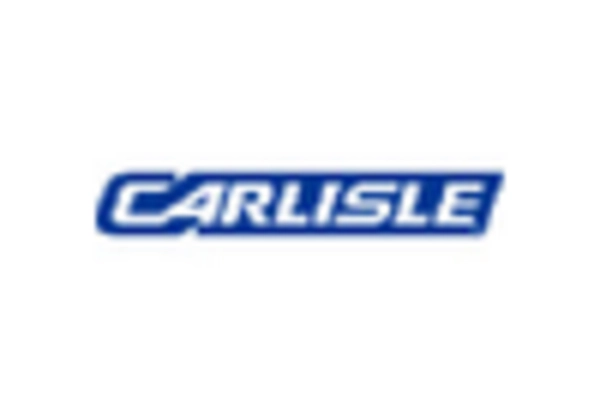
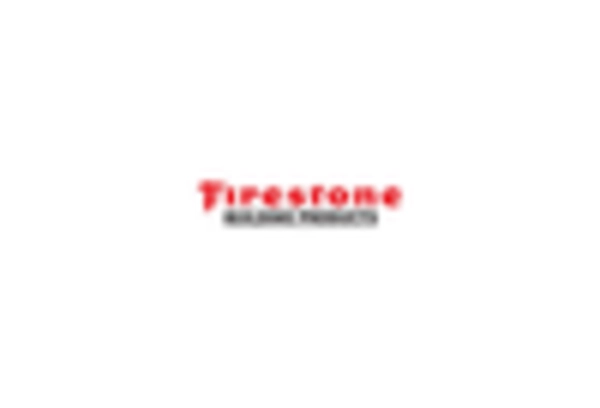
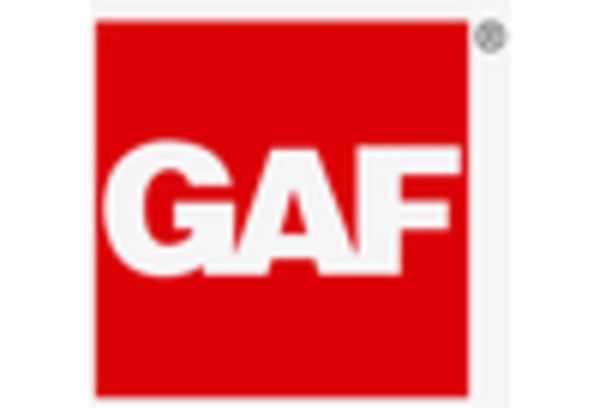
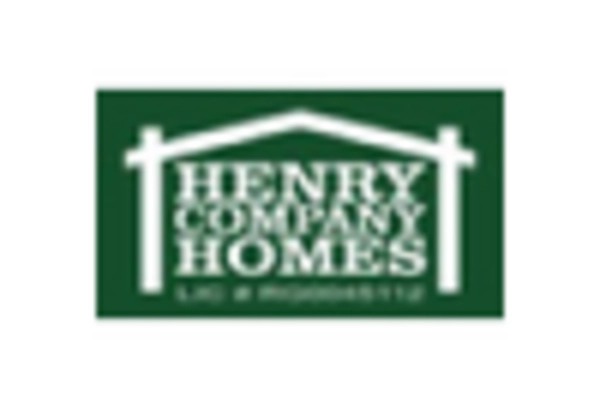
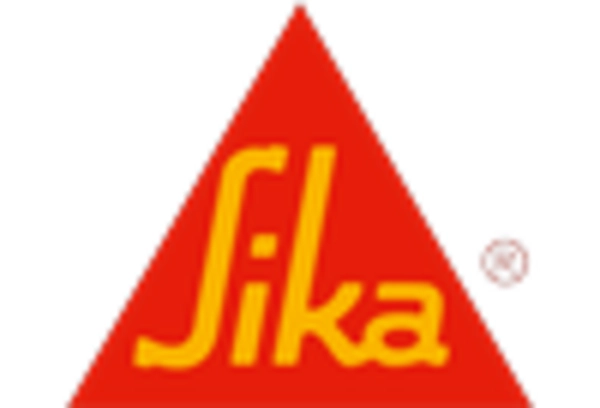








Leave a Comment